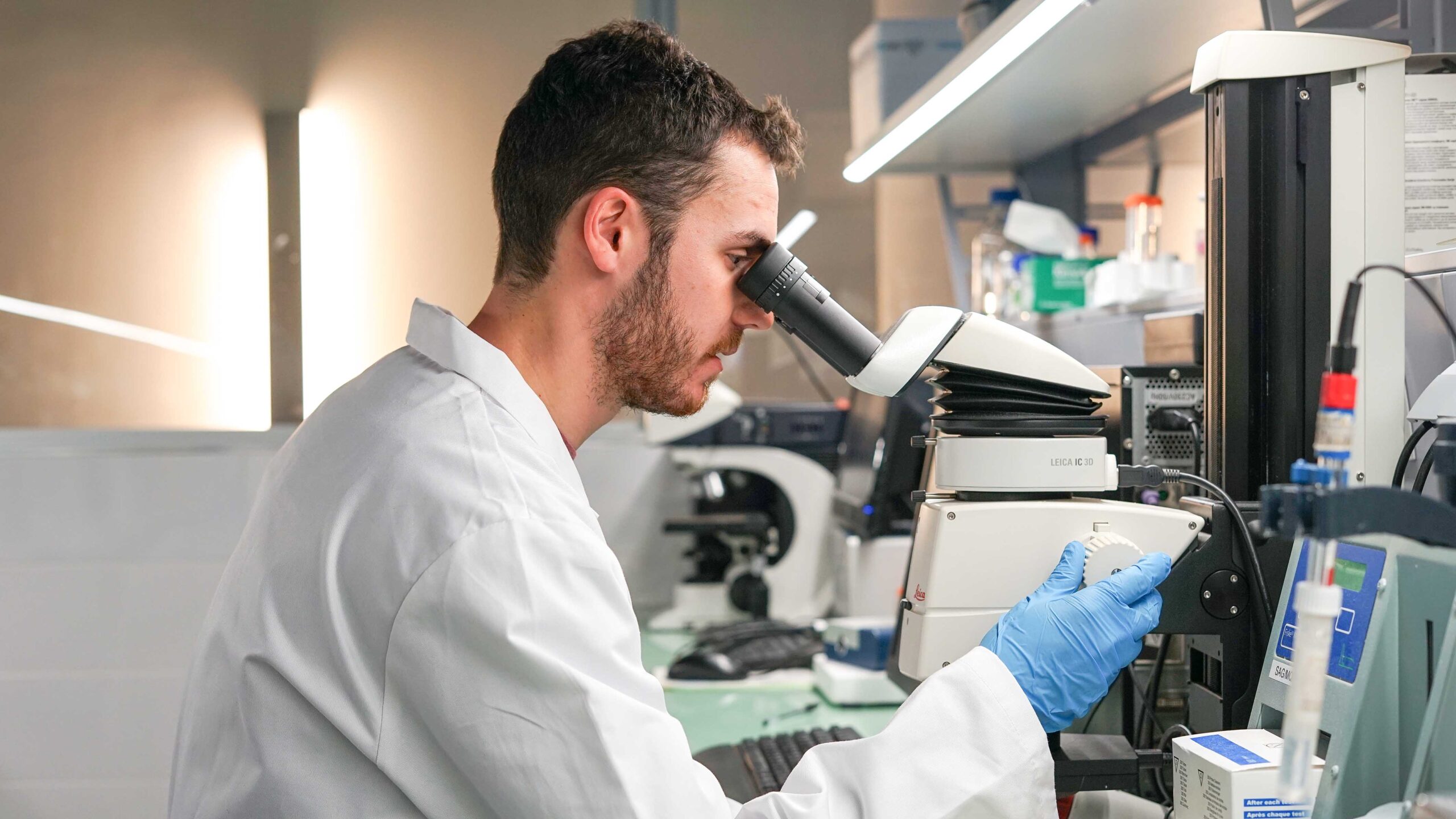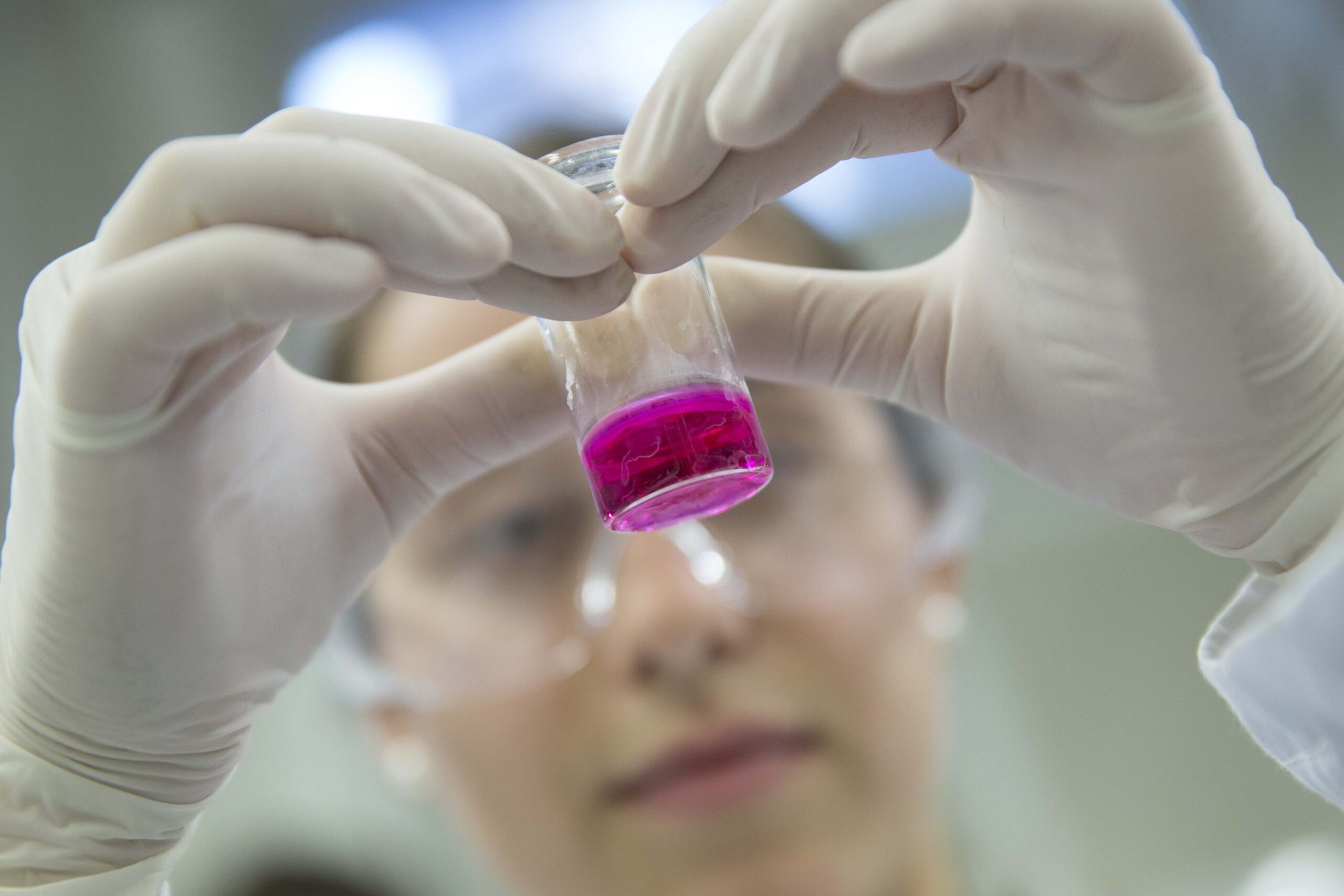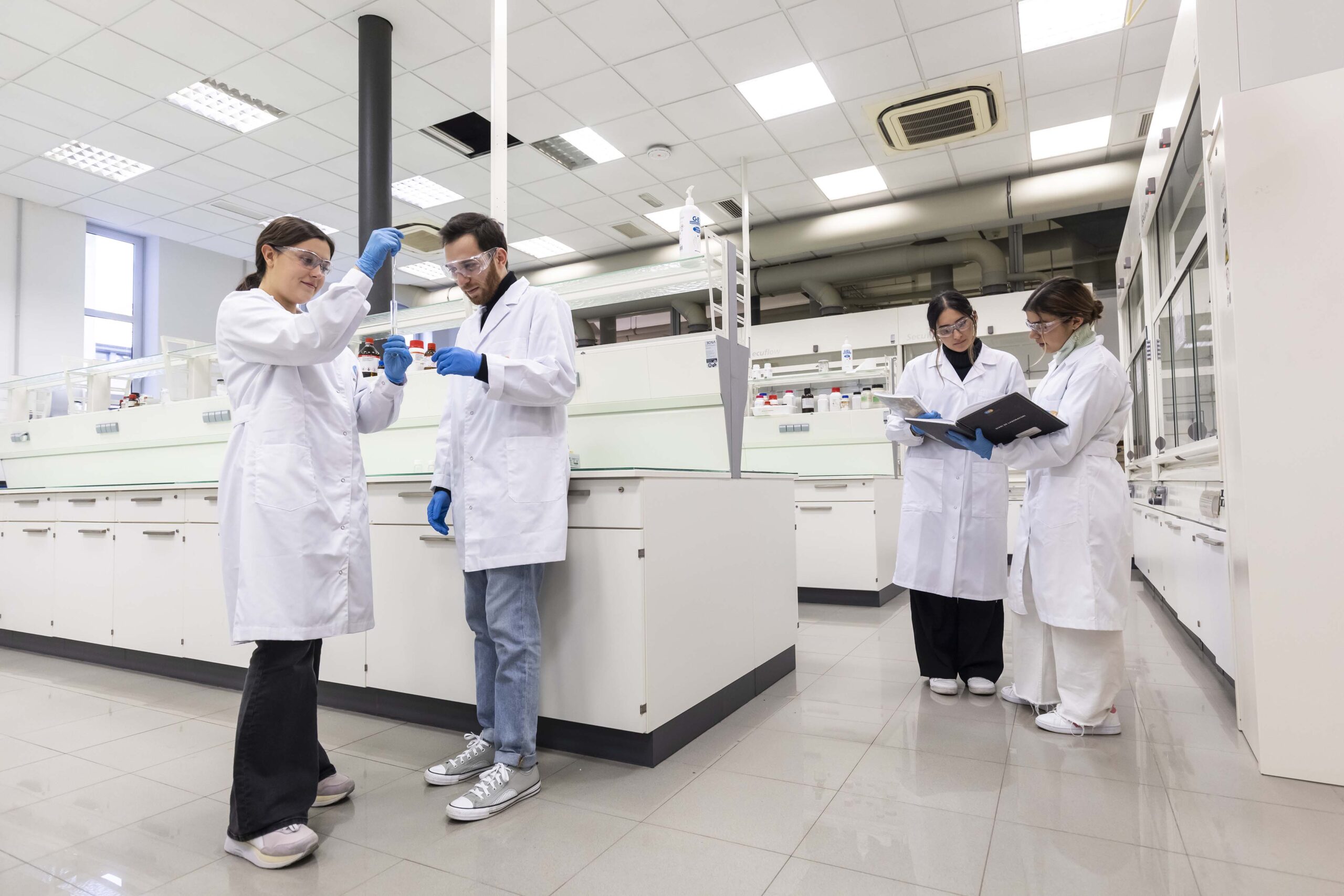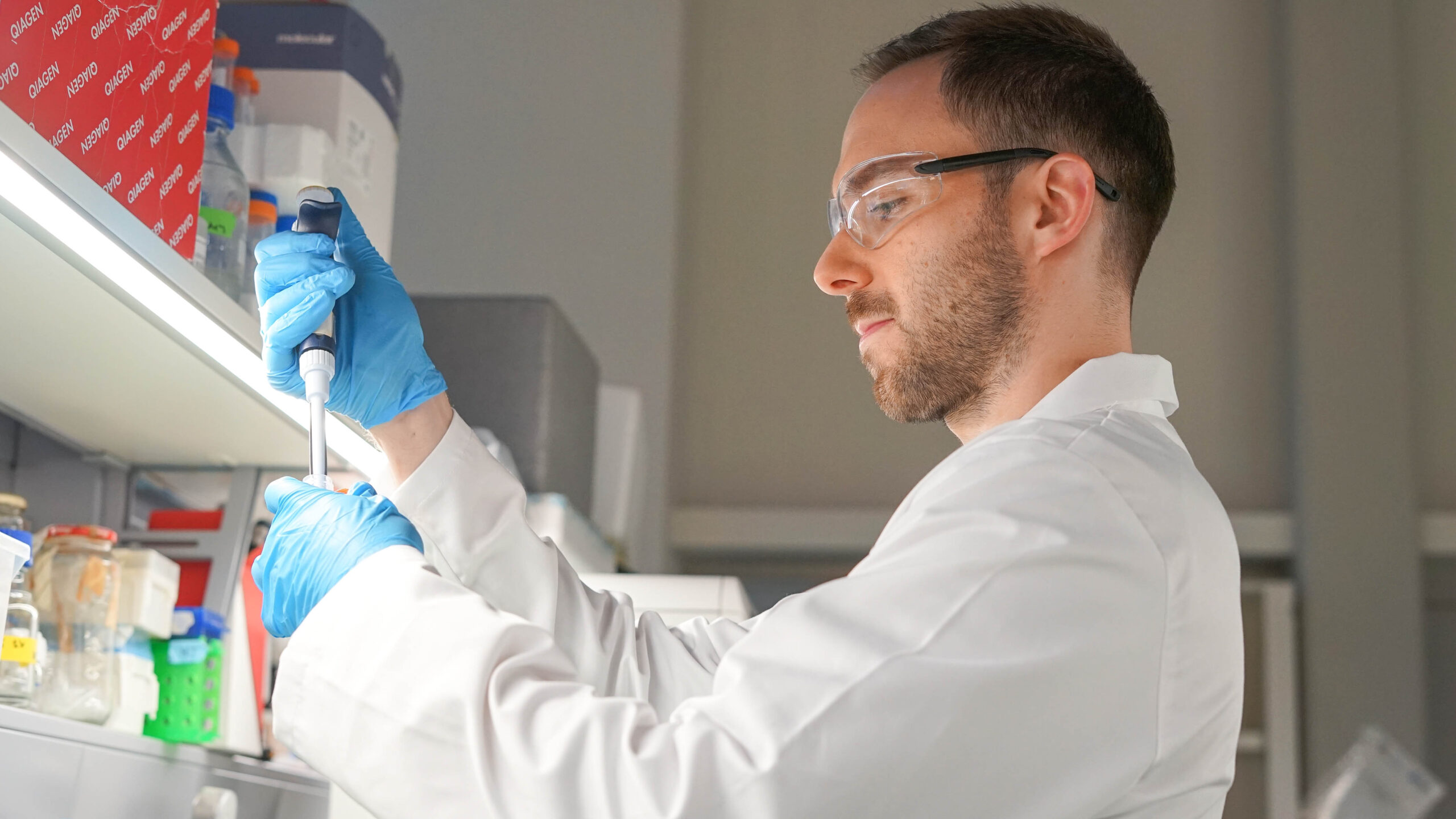Entitled “Tribute to Julià-Colonna epoxidation: paving the way to modern organocatalytic processes – 2021 Nobel Prize in Chemistry,” and within the context of the 2021 Nobel Prize in Chemistry in the area of asymmetric organocatalysis, IQS celebrated an event to pay tribute and bring recognition to the work of Dr Sebastià Julià and his team.

Entitled "Tribute to Julià-Colonna epoxidation: paving the way to modern organocatalytic processes – 2021 Nobel Prize in Chemistry," and within the context of the 2021 Nobel Prize in Chemistry in the area of asymmetric organocatalysis (Dr Benjamin List, Max Planck Institute, and Dr David MacMillan, Princeton University), IQS celebrated an event to pay tribute and bring recognition to the work of Dr Sebastià Julià and his team for their outstanding contribution in this field through their discovery in 1980 of the asymmetric poly-leucine catalyzed nucleophilic epoxidation of electron deficient olefins, a process known worldwide as the "Julià-Colonna epoxidation."
"We are paying tribute to a reaction and to an entire generation that produced vast knowledge with much less available to them than we have now," said Dr Salvador Borrós, Director of IQS. Dr Borrós lauded the institution for promoting talent, a calling for excellence, and developing technologies similar to those at other larger universities with greater resources.
Dr Paolo Melchiorre, ICREA researcher and Group Leader of the Catalan Institute of Chemical Research (ICIQ), presented asymmetric organocatalysis as a sustainable and robust synthesis method that uses relatively simple and stable organic molecules as asymmetric catalysts in wide-ranging lines of research. In addition, the international expert presented the most innovative advances that his team has developed in this discipline, now expanding its potential by incorporating light in these types of reactions.
Next, Dr Ana Belén Cuenca offered a broad perspective of the Julià-Colonna epoxidation, a transformation that laid the foundation for a revolutionary concept, namely, how a simple organic molecule composed of only 10 amino acids can emulate the sophisticated behaviour of an enzyme or a chiral metal catalyst complex in terms of the enantiopure synthesis of organic molecules.
Dr Cuenca also presented a detailed analysis of the reaction mechanism, as well as some examples of concrete applications for this type of reaction in obtaining pharmaceutical ingredients such as Diltiazem or the phenylisoserine fragment of the well-known drug Taxol for treating cancer.
At the end of her speech, Dr Cuenca showed a moving video in which Nobel Prize winner Dr David MacMillan himself congratulated Dr Sebastià Julià and his team for the tribute they received and thanked him for his extraordinary contribution in the area of organocatalysis.
Visibly moved, Dr Julià addressed all the attendees, thanking them for the tribute to the institution and “the group of team members who worked with me during those years.” Accompanied by two of his partners at IQS, Dr Jaume Massana and Dr Antoni Ginebreda, the three briefly reviewed their years of research at IQS and how they achieved the initial results of the famous epoxidation reaction.
To conclude the tribute, Dr Sebastià Julià received a gift from Dr José I. Borrell on behalf of the entire university community in the form of an optical crystal with a 3D recording inside of the transition state of the epoxidation reaction justifying the origin of the asymmetric induction, previously modelled by Dr Roger Estrada.










